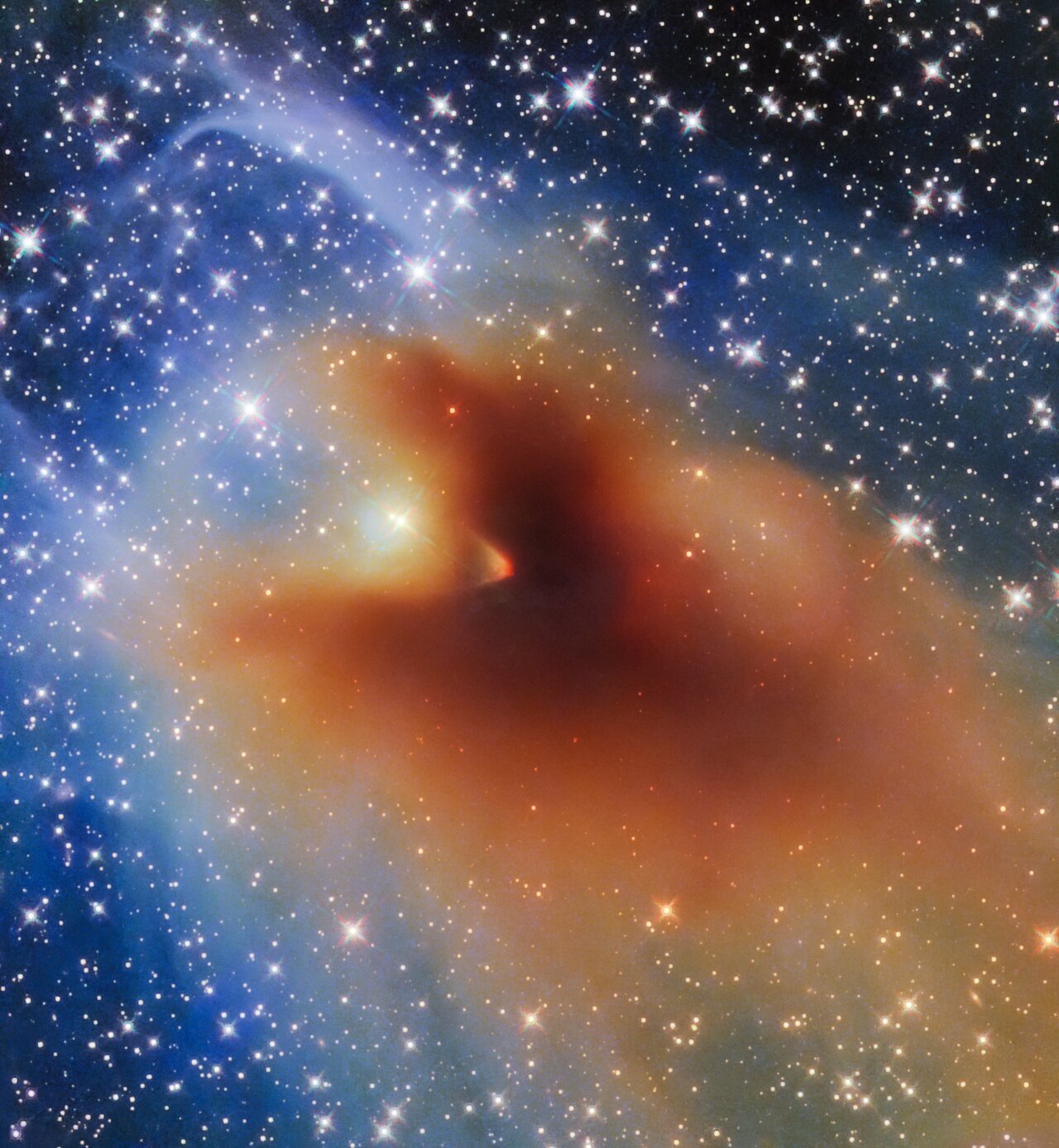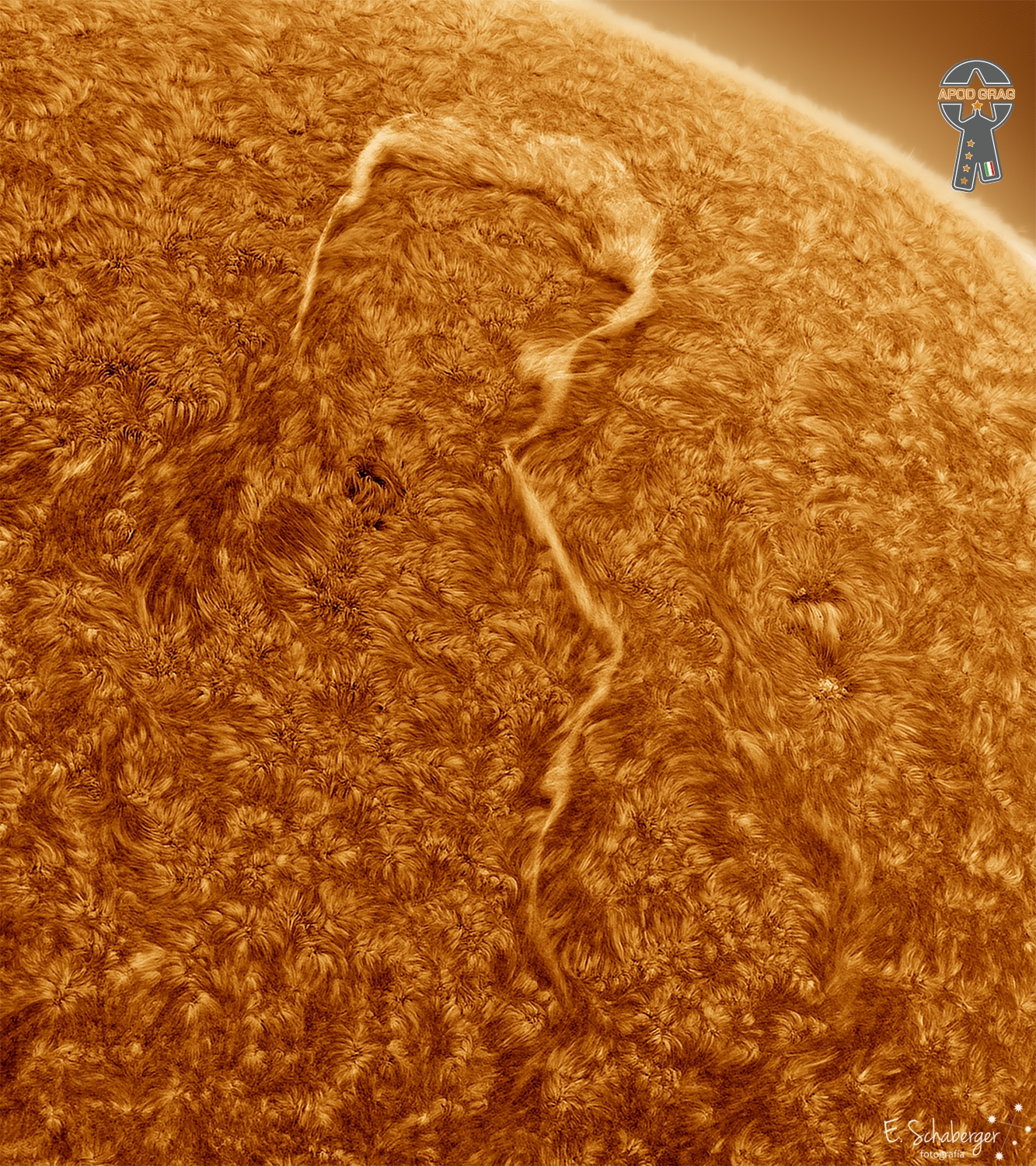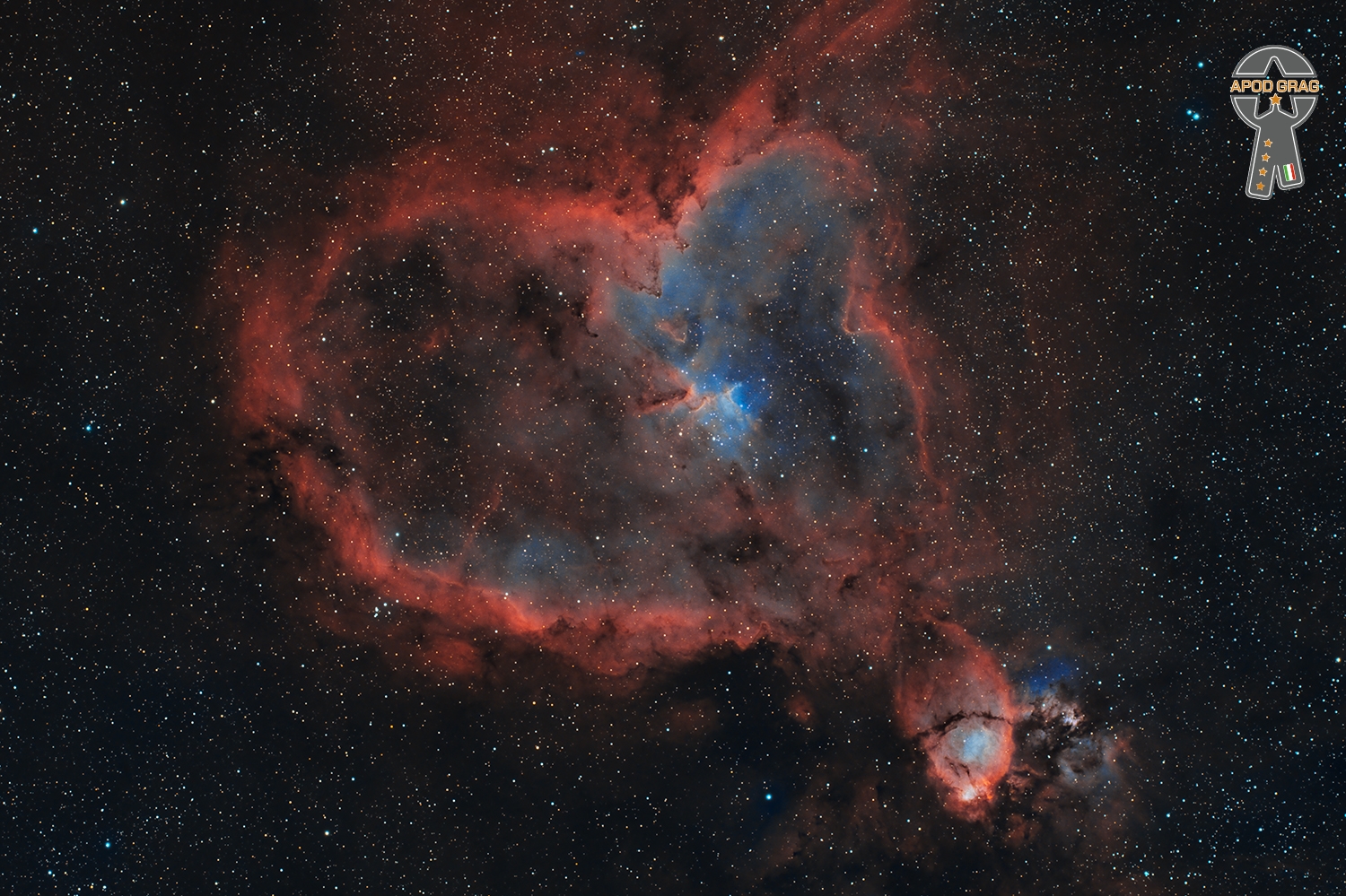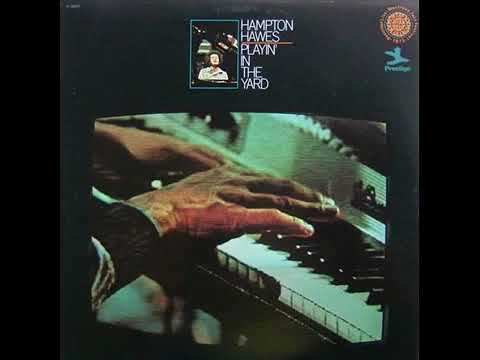Blog
Jerome Richardson (November 15, 1920 – June 23, 2000) was an American jazz musician, tenor saxophonist, and flute player, who also played soprano sax, alto sax, baritone sax, clarinet, bass clarinet, alto flute and piccolo. He played with Charles Mingus, Lionel Hampton, Billy Eckstine, The Thad Jones/Mel Lewis Orchestra, Kenny Burrell, and later with Earl Hines‘ small band.
Richardson was born in Oakland, California, and died in Englewood, New Jersey, of heart failure at the age of 79.
https://www.youtube.com/watch?v=63a-fJSukwE&list=PL0q2VleZJVEmN6JjcCmFrSW4IW5JvvEau&index=2
more...William Edward “Little Willie” John (November 15, 1937 – May 26, 1968) was an American R&B singer who performed in the 1950s and early 1960s. He is best known for his successes on the record charts, with songs such as “All Around the World” (1955), “Need Your Love So Bad” (1956), “Talk to Me, Talk to Me” (1958), “Leave My Kitten Alone” (1960), “Sleep” (1960), and his number-one R&B hit “Fever” (1956). An important figure in R&B music of the 1950s, he faded into obscurity in the 1960s and died while serving a prison sentence for manslaughter. John was posthumously inducted into the Rock and Roll Hall of Fame in 1996. In 2022, John was inducted into the Blues Hall of Fame.
John was born in Cullendale, Arkansas on November 15, 1937. He was one of ten children born to Lillie (née Robinson) and Mertis John. Many sources erroneously give his middle name as Edgar. His family moved to Detroit, Michigan, when he was four, so that his father could find factory work. In the late 1940s, the eldest children, including Willie, formed a gospel singing group. Willie also performed in talent shows, which brought him to the notice of Johnny Otis and, later, the musician and producer Henry Glover. After seeing him sing with the Paul “Hucklebuck” Williams orchestra, Glover signed him to a recording contract with King Records in 1955. He was nicknamed “Little Willie” for his short stature.
In 1965, he was convicted of manslaughter for the 1964 stabbing of Kendall Roundtree in Seattle. He was sent to Washington State Penitentiary in Walla Walla.John appealed the conviction and was released on probation while the case was reconsidered, during which time he recorded what was intended to be his comeback album. Due to contractual disputes and the decline of his appeal, it was not released until 2008 (as Nineteen Sixty Six). John died at Washington State Penitentiary on May 26, 1968. Despite counterclaims, the cause of death stated on his death certificate was a heart attack. His interment was in Detroit Memorial Park East, in Warren, Michigan.
more...
A small, dense cloud of gas and dust called CB 130-3 blots out the centre of this image from the NASA/ESA Hubble Space Telescope. CB 130-3 is an object known as a dense core, a compact agglomeration of gas and dust. This particular dense core is in the constellation Serpens, and seems to billow across a field of background stars. Dense cores like CB 130-3 are the birthplaces of stars, and as such are of particular interest to astronomers. During the collapse of these cores enough mass can accumulate in one place to reach the temperatures and densities required to ignite hydrogen fusion, marking the birth of a new star. While it may not be obvious from this image, a compact object teetering on the brink of becoming a fully fledged star is embedded deep within CB 130-3. Astronomers used Hubble’s Wide Field Camera 3 to better understand the environment surrounding this fledgling star. As this image shows, the density of CB 130-3 isn’t constant; the outer edges of the cloud consist of only tenuous wisps, whereas at its core CB 130-3 blots out background light entirely. The gas and dust making up CB 130-3 affect not only the brightness but also the colour of background stars, with stars towards the centre the cloud appearing redder than their counterparts at the outskirts of this image. Astronomers used Hubble to measure this reddening effect and chart out the density of CB 130-3, providing insights into the inner structure of this stellar nursery. [Image description: The image shows an irregularly-shaped bright orange object composed of dense gas and dust, which appears darker and more compact at the centre. This dense cloud, called CB 130-3, is outlined by thinner gas and dust in light shades of blue. The background shows a multitude of bright stars against a black background.]

Stanley Dural Jr. (November 14, 1947 – September 24, 2016) better known by his stage name Buckwheat Zydeco, was an American accordionist and zydecomusician. He was one of the few zydeco artists to achieve mainstream success. His music group was formally billed as Buckwheat Zydeco and Ils Sont Partis Band (“Ils Sont Partis” being French for “They have left”), but they often performed as merely Buckwheat Zydeco.
The New York Times said: “Stanley ‘Buckwheat’ Dural leads one of the best bands in America. A down-home and high-powered celebration, meaty and muscular with a fine-tuned sense of dynamics…propulsive rhythms, incendiary performances.” USA Today called him “a zydeco trailblazer.” Buckwheat Zydeco performed with famous musicians such as Eric Clapton (with whom he also recorded), U2 and the Boston Pops. The band performed at the closing ceremonies of the 1996 Summer Olympics to a worldwide audience of three billion people. Buckwheat performed for President Clinton twice, celebrating both of his inaugurations. The band appeared on the Late Show with David Letterman, CNN, The Today Show, MTV, NBC News, CBS Morning News, National Public Radio‘s Mountain Stage, and Late Night with Jimmy Fallon.
Dural was born in Lafayette, Louisiana. He was one of 13 children; he had six brothers and six sisters. As a five-year-old boy, he worked on a farm picking cotton. He acquired his nickname as a youth, because, with his braided hair, he looked like the character Buckwheat from Our Gang/The Little Rascals movies. His father, a farmer, was an accomplished amateur traditional Creole accordion player, but young Dural preferred listening to and playing rhythm and blues.
more...George Andrew Cables (born November 14, 1944) is an American jazz pianist and composer.
Cables was born in New York City, United States. He was initially taught piano by his mother. He then studied at the High School of Performing Arts and later at Mannes College (1963–65). He formed the Jazz Samaritans at the age of 18, a band that included Billy Cobham, Steve Grossman, and Clint Houston. Cables’ early influences on piano were Thelonious Monk and Herbie Hancock.
Cables has played with Art Blakey, Sonny Rollins, Dexter Gordon, Art Pepper, Joe Henderson, and other well-established jazz musicians.
His own records include the 1980 Cables’ Vision with Freddie Hubbard among others. From 1983, Cables worked in the project Bebop & Beyond. He left later in the 1980s, but returned for guest appearances on two early 1990s albums, before rejoining in 1998.
more...Narciso Yepes (14 November 1927 – 3 May 1997) was a Spanish guitarist. He is considered one of the finest virtuoso classical guitarists of the twentieth century.
When he was 13, he was accepted to study at the Conservatorio de Valencia with the pianist and composer Vicente Asencio. Here he followed courses in harmony, composition, and performance. Yepes is credited by many with developing the A-M-I technique of playing notes with the ring (Anular), middle (Medio), and index (Indice) fingers of the right hand.
more...Aaron Copland (November 14, 1900 – December 2, 1990 Brooklyn, NY) was an American composer, composition teacher, writer, and later a conductor of his own and other American music. Copland was referred to by his peers and critics as “the Dean of American Composers”. The open, slowly changing harmonies in much of his music are typical of what many people consider to be the sound of American music, evoking the vast American landscape and pioneer spirit. He is best known for the works he wrote in the 1930s and 1940s in a deliberately accessible style often referred to as “populist” and which the composer labeled his “vernacular” style. Works in this vein include the ballets Appalachian Spring, Billy the Kid and Rodeo, his Fanfare for the Common Man and Third Symphony. In addition to his ballets and orchestral works, he produced music in many other genres, including chamber music, vocal works, opera and film scores.
After some initial studies with composer Rubin Goldmark, Copland traveled to Paris, where he first studied with Isidor Philipp and Paul Vidal, then with noted pedagogueNadia Boulanger. He studied three years with Boulanger, whose eclectic approach to music inspired his own broad taste. Determined upon his return to the U.S. to make his way as a full-time composer, Copland gave lecture-recitals, wrote works on commission and did some teaching and writing. However, he found that composing orchestral music in the modernist style, which he had adopted while studying abroad, was a financially contradictory approach, particularly in light of the Great Depression. He shifted in the mid-1930s to a more accessible musical style which mirrored the German idea of Gebrauchsmusik (“music for use”), music that could serve utilitarian and artistic purposes. During the Depression years, he traveled extensively to Europe, Africa, and Mexico, formed an important friendship with Mexican composer Carlos Chávez and began composing his signature works.
During the late 1940s, Copland became aware that Stravinsky and other fellow composers had begun to study Arnold Schoenberg‘s use of twelve-tone (serial) techniques. After he had been exposed to the works of French composer Pierre Boulez, he incorporated serial techniques into his Piano Quartet (1950), Piano Fantasy (1957), Connotations for orchestra (1961) and Inscape for orchestra (1967). Unlike Schoenberg, Copland used his tone rows in much the same fashion as his tonal material—as sources for melodies and harmonies, rather than as complete statements in their own right, except for crucial events from a structural point of view. From the 1960s onward, Copland’s activities turned more from composing to conducting. He became a frequent guest conductor of orchestras in the U.S. and the UK and made a series of recordings of his music, primarily for Columbia Records.
more...The sun continues to hide some mysteries about its behavior, many times its dynamics can be unpredictable.
But on the morning of October 1, the sun wanted to show us in a very graphic way that it is a star with many unanswered questions. This huge and beautiful filament in the shape of a question mark clearly demonstrates it. 
Pascal-Emmanuel Sinamoyi Tabu(13 November 1940 – 30 November 2013), better known as Tabu Ley Rochereau, was a leading African rumba singer-songwriter from the Democratic Republic of the Congo. He was the leader of Orchestre Afrisa International, as well as one of Africa’s most influential vocalists and prolific songwriters. Along with guitarist Dr Nico Kasanda, Tabu Ley pioneered soukous (African rumba) and internationalised his music by fusing elements of Congolese folk music with Cuban, Caribbean and Latin American rumba. He has been described as “the Congolese personality who, along with Mobutu, marked Africa’s 20th century history.” He was dubbed “the African Elvis” by the Los Angeles Times. After the fall of the Mobutu regime, Tabu Ley also pursued a political career. His musical career ran parallel to the other great Congolese rhumba bandleader and rival Franco Luambo Makiadi who ran the band TPOK Jazz throughout the 1960s, 1970s and ’80s.
more...more...Idris Muhammad (Arabic: إدريس محمد; born Leo Morris; November 13, 1939 – July 29, 2014) was an American jazz drummer and bandleader. He had an extensive career performing jazz, funk, R&B, and soul music and recorded with musicians such as Ahmad Jamal, Lou Donaldson, Pharoah Sanders, Bob James, and Tete Montoliu.
Hampton Barnett Hawes Jr.(November 13, 1928 – May 22, 1977) was an American jazz pianist. He was the author of the memoir Raise Up Off Me, which won the Deems-Taylor Award for music writing in 1975.
more...The Heart Nebula (also known as the Running dog nebula), IC 1805, Sharpless 2-190, is some 7500 light years away from Earth and is located in the Perseus Arm of the Galaxy in the constellation Cassiopeia. It was discovered by William Herschel on 3 November 1787. It is an emission nebula showing glowing ionized hydrogen gas and darker dust lanes.
The brightest part of the nebula (a knot at its western edge) is separately classified as NGC 896, because it was the first part of the nebula to be discovered. The nebula’s intense red output and its morphology are driven by the radiation emanating from a small group of stars near the nebula’s center. This open cluster of stars, known as Collinder 26 or Melotte 15, contains a few bright stars nearly 50 times the mass of the Sun, and many more dim stars that are only a fraction of the Sun’s mass.
The Heart Nebula is also made up of ionised oxygen and sulfur gasses, responsible for the rich blue and orange colours seen in narrowband images. The shape of the nebula is driven by stellar winds from the hot stars in its core. The nebula also spans almost 2 degrees in the sky, covering an area four times that of the diameter of the full moon.

Baaba Maal (Fula: , born 13 June 1953) is a Senegalese singer and guitarist born in Podor, on the Senegal River. In addition to acoustic guitar, he also plays percussion. He has released several albums, both for independent and major labels. In July 2003, he was made a UNDP Youth Emissary.
Maal sings primarily in Pulaar and promotes the traditions of the Pulaar-speaking people, who live on either side of the Senegal River in the ancient Senegalese kingdom of Futa Tooro.
Maal was expected to follow in his father’s profession and become a fisherman. However, under the influence of his lifelong friend and family gawlo, blind guitarist Mansour Seck, Maal devoted himself to learning music from his mother and his school’s headmaster. He went on to study music at the university in Dakar before leaving for postgraduate studies on a scholarship at Beaux-Arts in Paris.
more...Neil Percival Young OC OM (born November 12, 1945) is a Canadian-American musician, singer-songwriter and filmmaker. After embarking on a music career in Winnipeg in the 1960s, Young moved to Los Angeles, joining Buffalo Springfield with Stephen Stills, Richie Furay and others. Since the beginning of his solo career with his backing band Crazy Horse, he has released many critically acclaimed and important albums, such as Everybody Knows This Is Nowhere, After the Gold Rush, Harvest, On the Beach and Rust Never Sleeps. He was a part-time member of Crosby, Stills, Nash & Young.
Young has received several Grammy and Juno Awards. The Rock and Roll Hall of Fame inducted him twice: in 1995 as a solo artist and in 1997 as a member of Buffalo Springfield. In 2000, Rolling Stone named Young No. 34 on their list of the 100 greatest musical artists. According to Acclaimed Music, he is the seventh most celebrated artist in popular music history. His guitar work, deeply personal lyrics and signature high tenor singing voice define his long career. He also plays piano and harmonica on many albums, which frequently combine folk, rock, country and other musical genres. His often distorted electric guitar playing, especially with Crazy Horse, earned him the nickname “Godfather of Grunge“ and led to his 1995 album Mirror Ball with Pearl Jam. More recently he has been backed by Promise of the Real. 21 of his albums and singles have been certified Gold and Platinum in U.S by RIAA certification.
Young directed (or co-directed) films using the pseudonym “Bernard Shakey”, including Journey Through the Past (1973), Rust Never Sleeps (1979), Human Highway(1982), Greendale (2003), and CSNY/Déjà Vu (2008). He also contributed to the soundtracks of the films Philadelphia (1993) and Dead Man (1995).
Young was awarded the Order of Manitoba in 2006 and was made an Officer of the Order of Canada in 2009.
more...
More Posts
- Daily Roots Wiya Lindo
- Cosmo PLCK G165.7+67.0
- Laurens Hammond
- Lee Ritenour
- Slim Harpo
- World Music Trio Mandili
- Daily Roots Mystical Vibes
- Snow & Ice on the Mississippi
- Little Shop of Horrors 2025
- Aynsley Dunbar
- Power to the People
- Temple Israel Service
- Cosmo Barnard 209
- Rod Stewart
- Jim Croce
- Mike Stern
- Max Roach
- Flamenco Fridays Camarón por Tarantos con Tomatito
- Daily Roots Earl Linda
- Anais Nin Illusion
